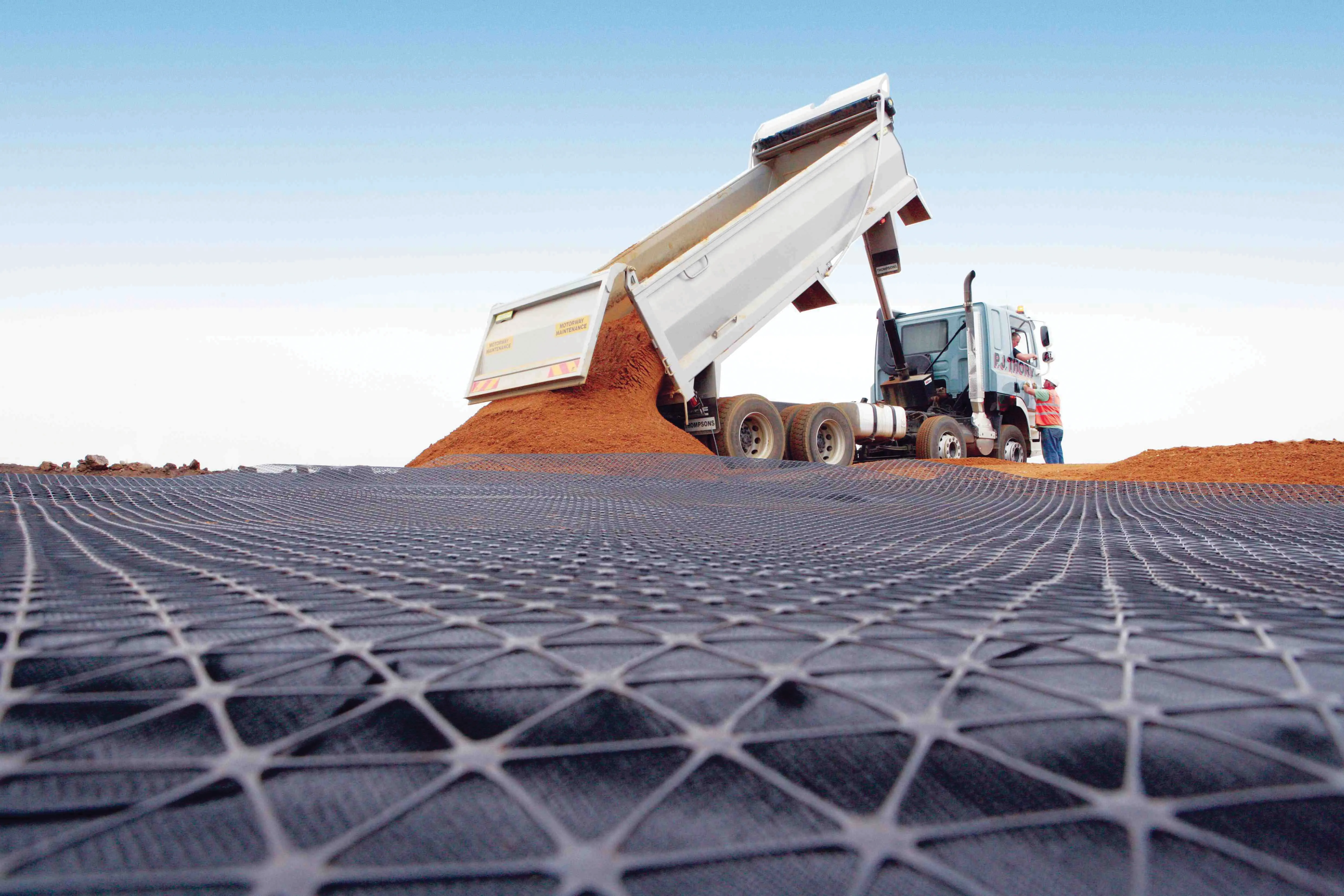Projects commence with geotechnical surveys and sampling, captured with Bentley’s gINT for versatile documentation and reporting. Next, professionals perform engineering related to soil properties, soil behavior, and groundwater flow using SoilVision’s SVOFFICE applications, supplemented by Plaxis’ offerings. Then soil-structure interaction is analysed through the Plaxis design, simulation, and engineering software.
The latest move allows geotechnical applications to be integrated with Bentley’s structural applications (such as STAAD, RAM, and SACS) for geo-structural engineering performance. As changes may occur in owner requirements, structural strategies, or site conditions, geotechnical analysis could be continuously applied for improved outcomes, as managed through ProjectWise collaboration services.
Bentley expanding capabilities with new deals
Bentley Systems is acquiring Plaxis, a Netherlands-based provider of geotechnical software. In addition, Bentley also has an agreement to acquire soil engineering software provider SoilVision, based in Saskatchewan, Canada. The acquisitions develop Bentley’s capabilities in the geotechnical sector. These deals allow BIM advancements to be extended to subsurface engineering for infrastructure projects. Projects commence with geotechnical surveys and sampling, captured with Bentley’s gINT for versatile
April 30, 2018
Read time: 1 min






